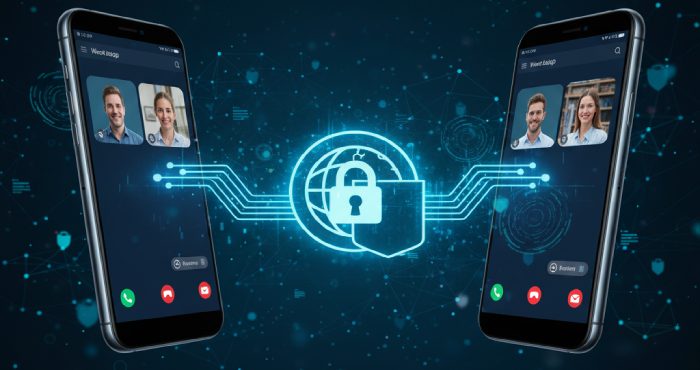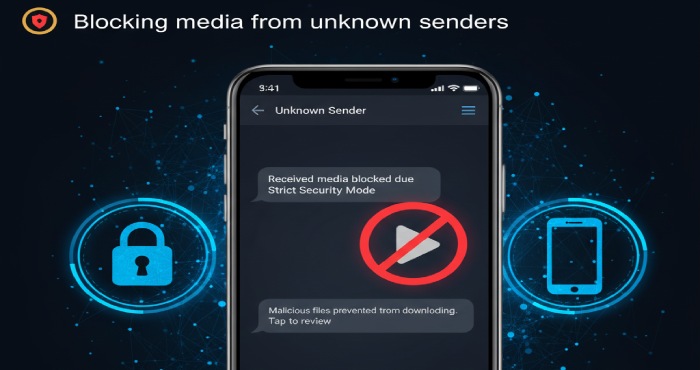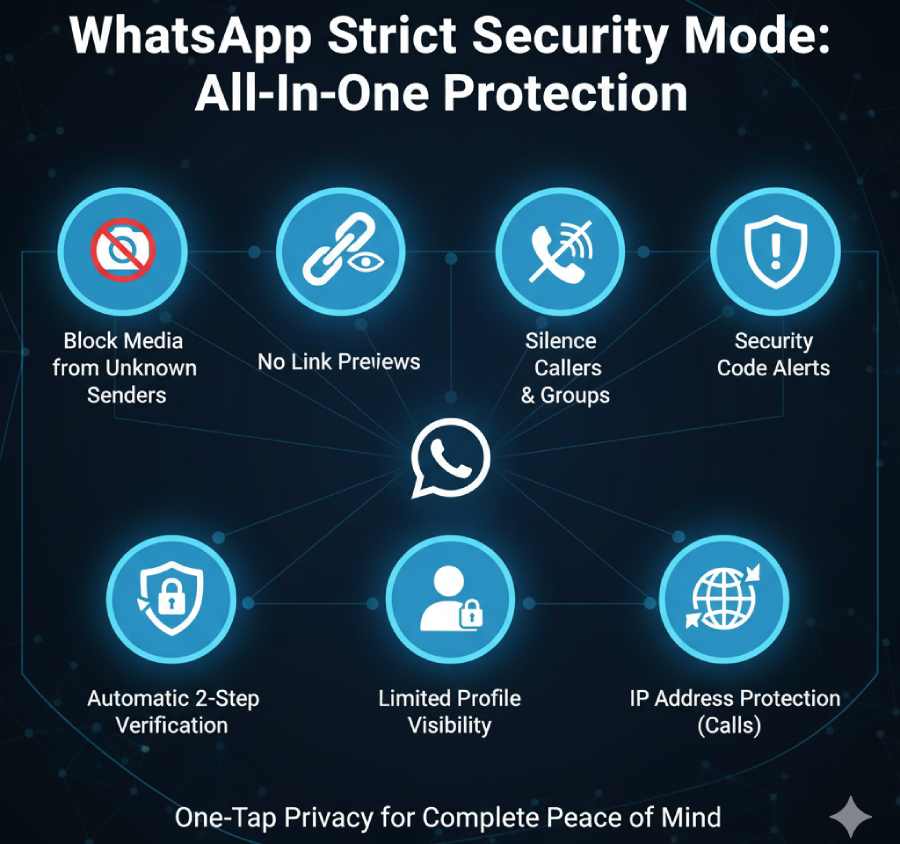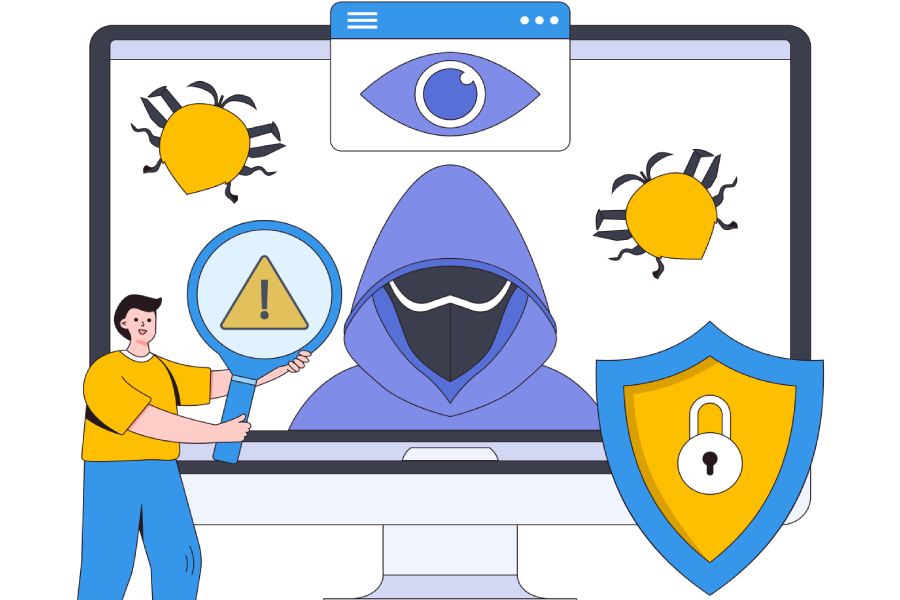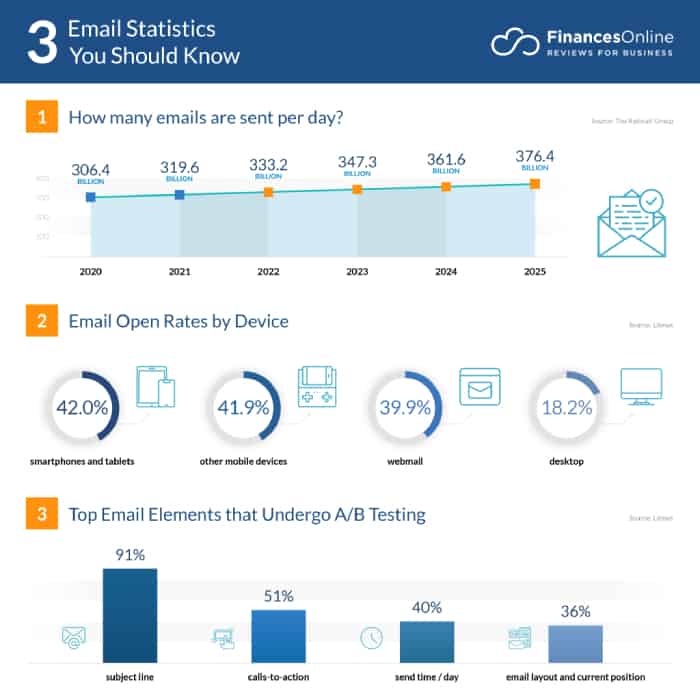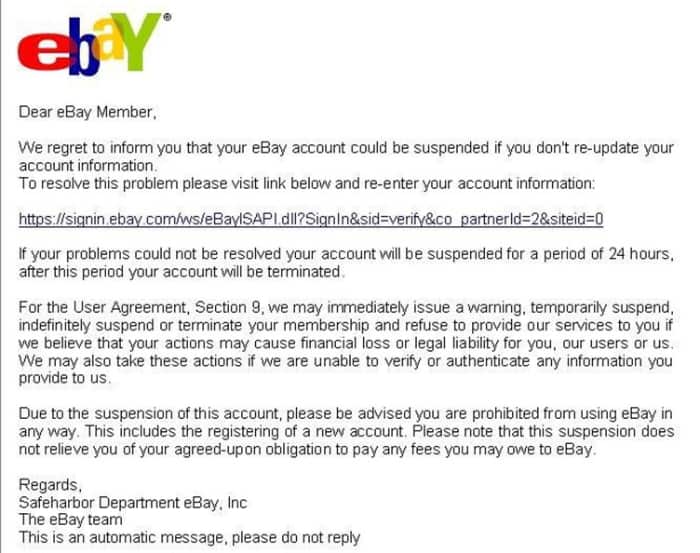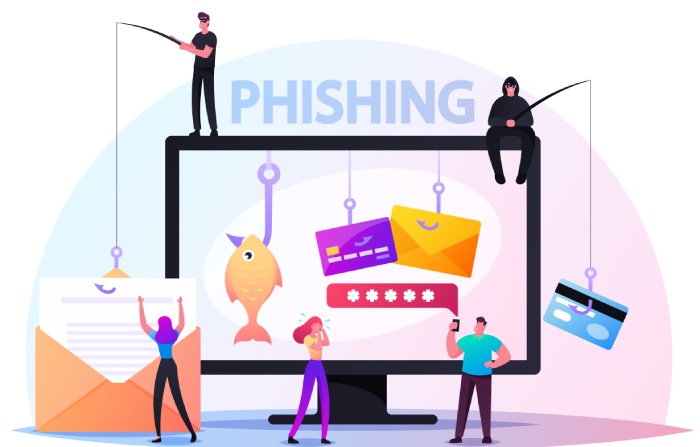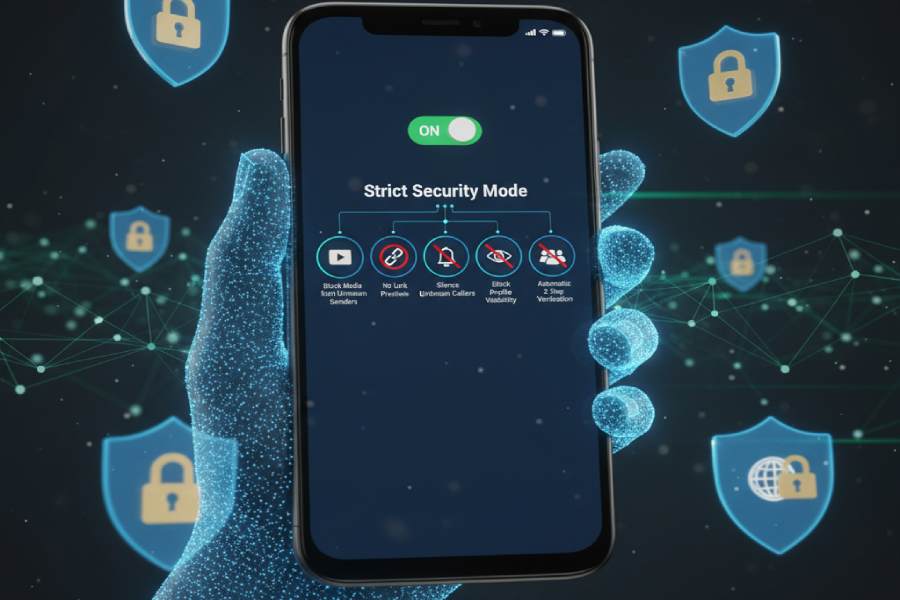
WhatsApp coming up with “strict security mode” to safeguard users against cyberattacks!
WhatsApp coming up with “strict security mode” to safeguard users against cyberattacks!
Cybercrooks are getting smarter with one cyberattack at a time. So, WhatsApp, one of the most widely used messaging apps worldwide, has decided to ramp up its security to protect its users from cyber incidents. WhatsApp is all set to launch one of its biggest security updates ever— a “strict security mode.” The feature is being developed to simplify digital safety for users who feel vulnerable to potential threat attacks.
WABetaInfo, the widely used WhatsApp beta tracker, has revealed that the latest WhatsApp beta for iOS (version 24.33.10.70) will introduce this new security layer to users. Experts believe that this update will enable users to activate a bunch of advanced privacy settings simultaneously instead of toggling each setting manually.
Meta-owned WhatsApp has decided to roll out the feature to beta users in phases in upcoming iOS updates. Once they have figured out the stability and performance analysis, a global release is expected.
What is Strict Security Mode?
WhatsApp already has several privacy control features. It allows users to hide their last-seen status and silence unknown callers. But users find it cumbersome to configure the features manually. The Strict Security Mode has been designed to cater to this issue.
When a user enables this feature, it will automatically take care of all the major privacy options. From media sharing, group invites, to calls and message handling, everything will be secured by this new mode. The aim is to give WhatsApp users complete peace of mind with just a single tap!
With this security update, WhatsApp is going laser-focused on user-centric security. It is trying to make safety features easily accessible to all non-technical users while bolstering defenses for users who are generally at high risk of cyber fraud (activists, journalists, business leaders, etc.).
Blocking media from unknown senders
This is one of the crucial updates introduced by the strict mode. WhatsApp is planning to launch a mechanism that blocks videos, photos, and voice notes from users who are not yet added to your contact list.
At present, WhatsApp allows users to automatically download media by default. This often leads to unfortunate incidents of malicious files getting downloaded onto user devices. The new feature restricts chats from unknown senders to just plain texts. This is a significant move towards bringing down the risk of phishing attacks.
Turning off link previews for secure browsing
Link preview control is yet another feature that will get an upgrade through this strict mode. When you send/receive a URL, WhatsApp automatically generates a preview. This preview includes an image and a short description of the site. This process needs WhatsApp to connect to the website’s server, leading to IP address revelation.
With the strict mode, this link preview will be disabled automatically, leaving no room for any kind of data exchange with potentially malicious websites. It hides your browsing activity and location data from scammers, as well as enhances user anonymity.
Silencing unknown callers and group invites
WhatsApp users have been complaining of spam calls and group invites for a long time now. So the app introduced a new feature —“Silence the unknown callers” — earlier in 2025. With the strict security mode, this feature becomes your default setting. It also prevents random group invitations, while safeguarding users from explicit content, phishing links, and scam news.
Notification for security code alteration
WhatsApp users often miss out on the subtle encryption code change notification. Generally, you will notice this alert pop-up when one of your contacts switches devices or reinstalls WhatsApp.
The new strict mode will require WhatsApp to automatically activate these alerts, instantly notifying high-risk users of any security code changes. This small yet powerful safety feature adds an extra layer of phishing protection, helping ensure that you’re still communicating with the right person and that your data remains fully secure.
Automatic two-step verification
The strict mode will automatically enable the crucial two-step verification feature, thereby protecting user accounts from unauthorized access or malicious attempts. Even if a scammer gets physical access to your device, they won’t be able to hack into your device because of the PIN lock system.
Limited profile visibility
Privacy-concerned users will now be able to restrict who can see their status, profile picture, and last seen details. This feature significantly reduces the exposure of personal data to scammers who might otherwise abuse it for tracking or impersonation attempts.
IP address protection during calls
Another feature that is being tested for the strict security mode is masking the IP addresses during voice and video calls. It keeps your IP addresses concealed and adds an extra layer of anonymity even during real-time calls, thereby safeguarding your location data and network.
The strict security mode is definitely a bold step towards making every WhatsApp conversation safer. All it takes is a single tap!

